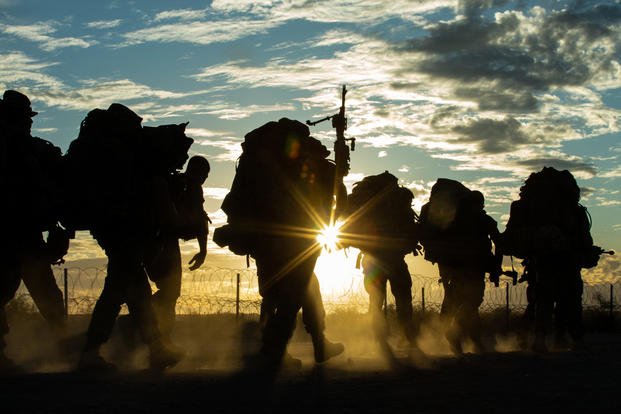BarnBuster
Virtually Unknown Member
Today in Military History:
Norman Rockwell’s Rosie the Riveter received mass distribution on the cover of the Saturday Evening Post on Memorial Day, May 29, 1943. Rockwell’s illustration features a brawny woman taking her lunch break with a rivet gun on her lap, beneath her a copy of Hitler’s manifesto, Mein Kampf and a lunch pail labled “Rosie”. Rockwell based the pose to match Michelangelo’s Sistine Chapel ceiling painting of the prophet Isaiah.
Rockwell’s model was a Vermont resident, then 19-year-old Mary Doyle Keefe who was a telephone operator near where Rockwell lived, not a riveter. Rockwell painted his “Rosie” as a larger woman than his model, and he later phoned to apologize. The Post’s cover image proved hugely popular, and the magazine loaned it to the U.S. Treasury Department for the duration of the war, for use in war bond drives.
Norman Rockwell’s Rosie the Riveter received mass distribution on the cover of the Saturday Evening Post on Memorial Day, May 29, 1943. Rockwell’s illustration features a brawny woman taking her lunch break with a rivet gun on her lap, beneath her a copy of Hitler’s manifesto, Mein Kampf and a lunch pail labled “Rosie”. Rockwell based the pose to match Michelangelo’s Sistine Chapel ceiling painting of the prophet Isaiah.
Rockwell’s model was a Vermont resident, then 19-year-old Mary Doyle Keefe who was a telephone operator near where Rockwell lived, not a riveter. Rockwell painted his “Rosie” as a larger woman than his model, and he later phoned to apologize. The Post’s cover image proved hugely popular, and the magazine loaned it to the U.S. Treasury Department for the duration of the war, for use in war bond drives.
Overview
By Penny Colman
One of the most dramatic changes during World War II was the number of women who went to work. As the armed forces filled its ranks with manpower, industry filled its jobs with womanpower. For the duration of the war, the U.S. government and industry wooed American women to work in the war effort. The title of a song, "Rosie the Riveter," quickly became the catchphrase that represented all women war workers.
During World War II, more than six million women joined the workforce. In August 1943, Newsweek magazine reported: "They [women] are in the shipyards, lumber mills, steel mills, foundries. They are welders, electricians, mechanics, and even boilermakers. They operate streetcars, buses, cranes, and tractors. Women engineers are working in the drafting rooms and women physicists and chemists in the great industrial laboratories." More than two million women joined the war effort as clerical workers, nearly one million of whom were hired by the federal government. Women also became police officers, taxicab drivers, lawyers, statisticians, journalists, and members of symphony orchestras, as men left for the armed forces. Women ran farms, planted crops, tended animals, and harvested tons of vegetables, fruits, and grains.
Volunteers for the Civilian Defense took classes on how to care for the wounded, like these women in a first aid class in New York City in 1941. Photo Credit: Library of Congress
In addition, three million women served as Red Cross volunteers. Millions of women worked for the Civilian Defense as air-raid wardens, fire watchers messengers, drivers, auxiliary police. Women volunteers also devoted hours to scanning the sky with binoculars, looking out for enemy planes. Thousands of women joined the military through organizations like the Women's Auxiliary Ferrying Squadron (WAFS) and the Women Airforce Service Pilots (WASP), the Women Accepted for Volunteer Emergency Service (WAVES), and the Women's Army Corps (WAC).
About the time World War II ended, American factories had produced 296,429 airplanes, 102,351 tanks and self-propelled guns, 372,431 artillery pieces, 47 million tons of artillery ammunitions, 87,620 warships, and 44 billion rounds of small-arms ammunition. Time magazine called America's wartime production a miracle. The "miracle" would not have happened without Rosie the Riveter.










 I just wanted to springboard off it to offer some advice to others who are at the beginning of this horrible process. If I knew then what I know now sort of thing.
I just wanted to springboard off it to offer some advice to others who are at the beginning of this horrible process. If I knew then what I know now sort of thing.










